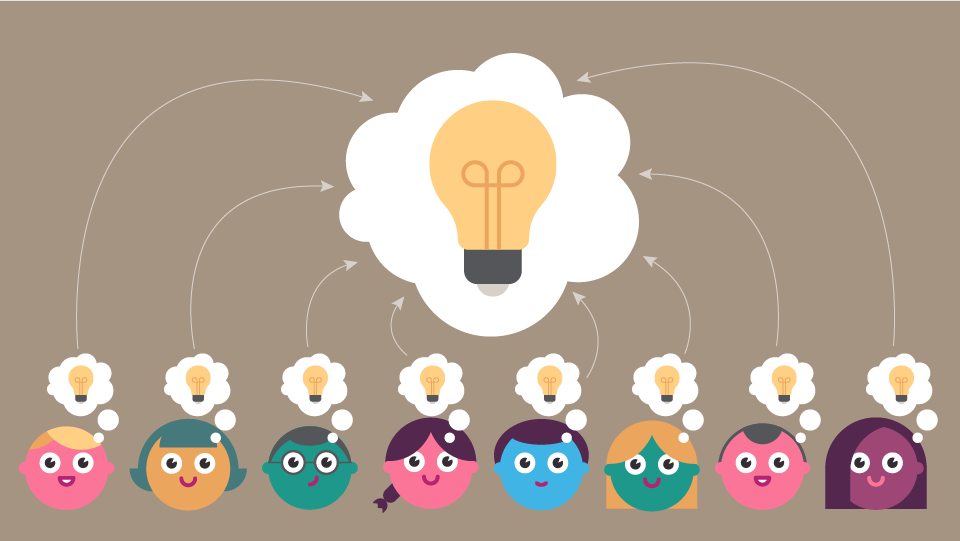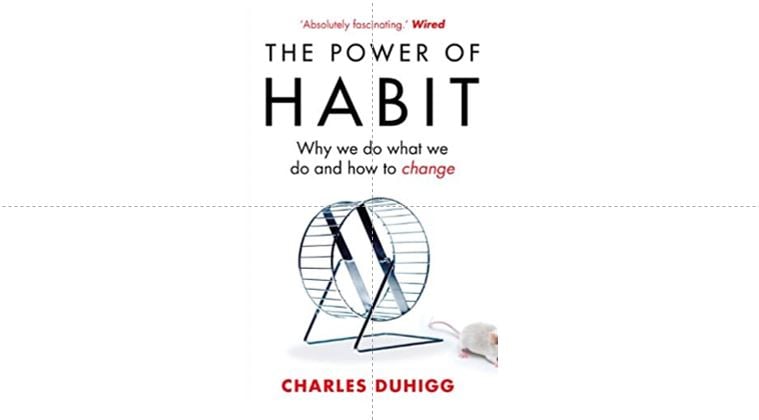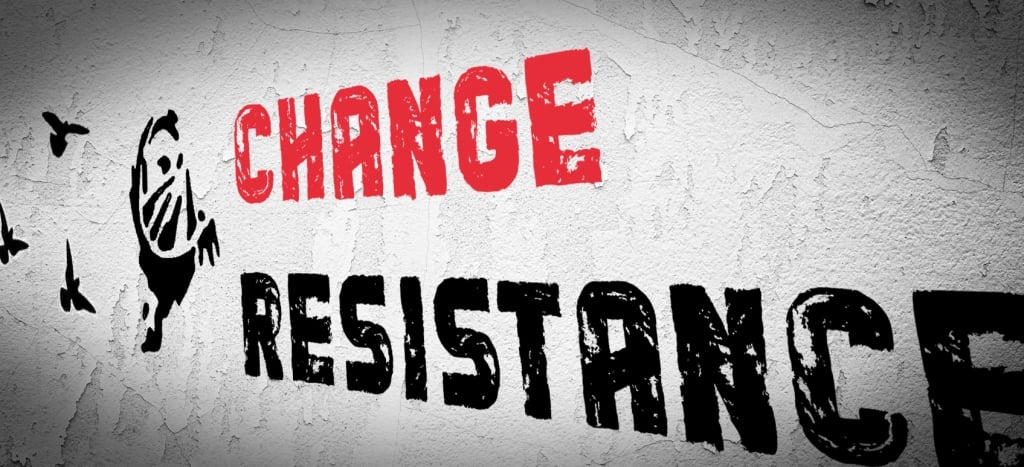Why Lean Principles are Only Part of the Story
By Mark Vincent
Share

When running lean transformations or rapid improvement events it’s very easy to forget what’s really happening and get caught up in the methodology, feeling a general impatience to get to the solution. Like many things in life it’s as much about the journey as the destination but we often focus too much on the latter. In this case focusing on getting to the future state design, rather than considering what’s happening within the people involved and how they are coming to their own realisations.
We are often challenged about the time it takes to work through the current state: “Why are we bothering with that when we’re going to move to a new improved version? We already know more or less will it needs to look like, right?” or variations on that theme.
That’s missing the point.
In getting a diverse team together, those who are running the process day to day, we are helping them to see something for themselves that they haven’t seen before. They are seeing how the whole thing works end to end and how it measures up against the well established principles of Lean Thinking. We’re helping them to see what’s right in front of them but hard to spot in the daily grind of deadlines and insufficient time.
Typically in a large process most people only see a small part of what happens and don’t know how their bit fits into the whole, at least not as well as they think they do. Also they don’t see the amount of waste that’s built up under the surface of the process until it’s laid out. An analogy we use that situation is that it’s like when we move into a new apartment with ugly green curtains. We think we’ll get those sorted…6 months later the curtains are still there and we’ve stopped noticing them. For Lean to work well, the most important point is that each of us sees it for ourselves, not that we’re told by someone else.
Lean is about so much more than designing the end state
So Lean Thinking is not just about the principles but about the whole group coming together and seeing the same thing. Seeing for themselves where the opportunity for improvement really lies and what a great process could look like. Seeing the same thing as a group is often messy, it involves long discussion, disagreement, emotions. And yet this is the critical part, it’s the bit where those involved really feel heard, become more prepared to hear others (if facilitated correctly). From that place comes the energy, enthusiasm and belief to not only design the future state but to adopt it as well.
So when looking to improve processes or systems it may feel quicker to have a few smart people design the future state (or set the design constraints so tightly it’s effectively done the same thing). The trouble is that what happens next is interesting, people may nod and say they agree but consciously or unconsciously they look for ways in which it won’t work. Adoption then becomes tricky, issues start popping up, details that haven’t been considered. And when that happens, if you’re the one responsible for the design, those problems will be your problems and the design will be your design.
On the other hand, when the team feels they have designed the process they will make sure it works and will find ways to solve any problems because they feel invested in it and want it to work. When they are using language such as our new process, you know you’re on the right track.
Do free to have a different opinion and doubt or challenge what I’ve said. And the best way to do that is to put yourself in the situation. Would you rather be told the answer by someone you feel doesn’t quite see what you see or have a stake in designing your own future. I’ll leave you to decide.
Get in touch
If you’re starting a change, or already on the journey and need some support, we can help.
Whether it’s coaching or mentoring your leadership team, diagnosing low engagement or leading a change on your behalf, we have a range of options to suit different situations and budgets. Contact us by clicking the button to find out more.
Related content
The Top 20 Business Transformations of the Last Decade
What does real business transformation look and what does it take to be successful? This article looks back over the past 10 years at the most successful transformations to see what lessons can be learnt.
Inside the mind of a master procrastinator
A hilarious and insightful journey as Tim Urban takes us on a journey through YouTube binges, Wikipedia rabbit holes and bouts of staring out the window encouraging us to think harder about what we’re really procrastinating on, before we run out of time.
Charles Duhigg – The Power of Habit – Book and TED Talk
Apparently 85% of what we do is driven by habit. Think about driving a car or doing mundane chores at home, often we’re lost in thought and only barely conscious of what we’re doing. Habits can work for us or against us. In this excellent book and TED talk Charles Duhigg shows us how we can hack our less useful habits to create new, better ones. And the real eye opener for me was the realisation that an organisation can have group habits too and they can equally be productive or destructive.
Why do people resist change?
If you’ve ever tried pushing big change through a hire and fire culture you’ll know that it can be a brutal process and not for the faint hearted. This article explores change resistance and where it comes from.
Leaders focus too much on changing policies, and not enough on changing minds
Whilst focusing on the harder aspects of a change, such as policies, processes, facilities, technology, training etc, what organisations typically overlook or at least pay too little attention to, is the human element, i.e. what we think and feel. And yet we’re increasingly learning that it’s one of the most fundamental contributors to successful outcomes.
The Secret to Reducing Change Resistance and Fatigue in Your Organisation
Facing a blend of change resistance and fatigue, Claire’s story highlights the real-world challenges leaders face in evolving business landscapes. What causes change resistance and change fatigue and how are they linked? Learn practical solutions to reduce them and drive successful change in your organisation.







